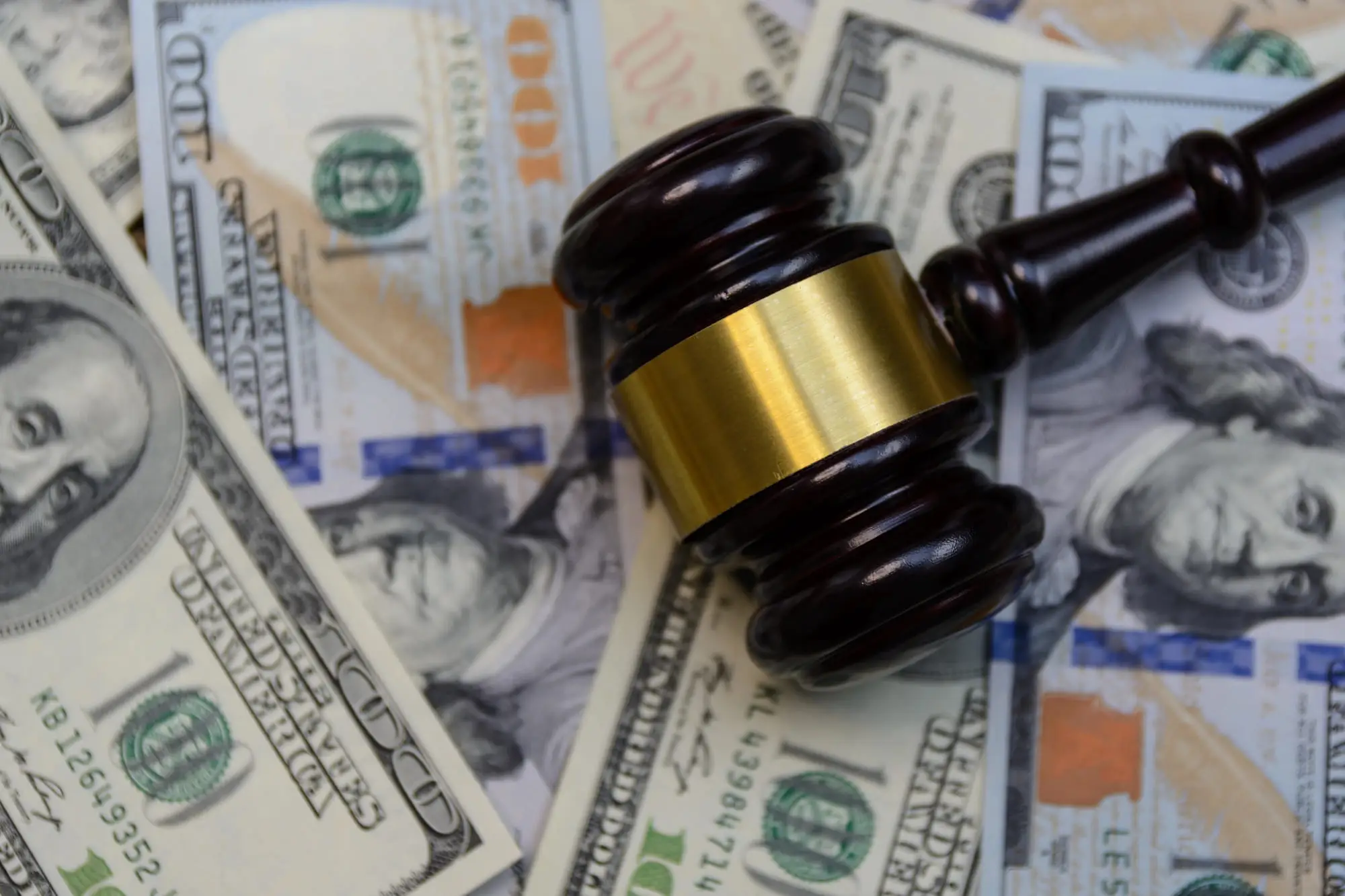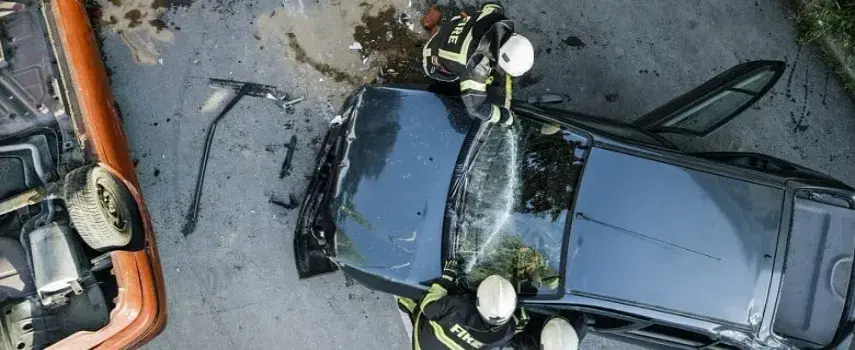While the no-fault system is simple, sometimes, who pays in a no-fault accident can be tricky. The First Department considered whether failure to appear for an examination under oath (EUO or exam) results in a denial of benefits.
This case arose out of an automobile accident that occurred on or about April 28, 2011. The no-fault carrier insured the vehicle involved. The vehicle’s owner and driver assigned his no-fault insurance benefits to defendant medical providers. His no-fault insurance company commenced this action. They sought a declaration to not pay no-fault benefits to defendants, driver and his medical providers. They claim that the driver failed to complete an exam, as required by the subject insurance policy. Thus, the no-fault carrier argues that the driver breached a condition precedent to coverage under the policy. Therefore, medical providers should not get the driver’s no-fault benefits.
Following commencement of this action, the no-fault carrier moved for summary judgment to decide who pays in a no-fault accident. The lower court granted the no-fault carrier’s motion for summary judgment. The defendants, driver and medical providers, appealed the lower court’s decision.
Who Pays In a No-fault Accident – The Appeal
In support of its motion to decide who pays in a no-fault accident, plaintiff relied primarily upon the driver’s EUO. The affidavit of the no-fault carrier’s investigator corroborated the events. He was present at the examination. The EUO established that the driver appeared for his EUO, but departed before questions regarding the accident. The aborted EUO of the insured driver, established that the driver had breached a condition of coverage under the policy.
In opposition to the motion to decide who pays in a no-fault accident defendants did not dispute what occurred at the EUO. Instead, defendants argued that the transcript of the EUO did not meet admissibility standards. The court held that the EUO transcript of the driver was admissible evidence. The court reporter certified it. Additionally, the affidavit of the investigator confirms that the driver did not seek another EUO. The insured does not dispute this. They advised the driver of the ramifications of his refusal to continue the EUO.
The Decision

The First Department held that Supreme Court in deciding who pays in a no-fault accident, properly granted summary judgment in the no-fault carrier’s favor. The First Department also held that an assignee “stands in the shoes” of an assignor.
Thus the assignee acquires no greater rights than its assignor.
Since this defense may be raised by the no-fault carrier against the driver, it is available as against defendants. This is because they accepted assignments of no-fault benefits. This case illustrates just how important it is that all people comply with all no-fault requirements. This includes an insurer’s request for an EUO if required in the policy.
Failure to do so can result in denial of your no-fault benefits. It’s also not easy to understand everything about cases like these so contacting an attorney is essential.


